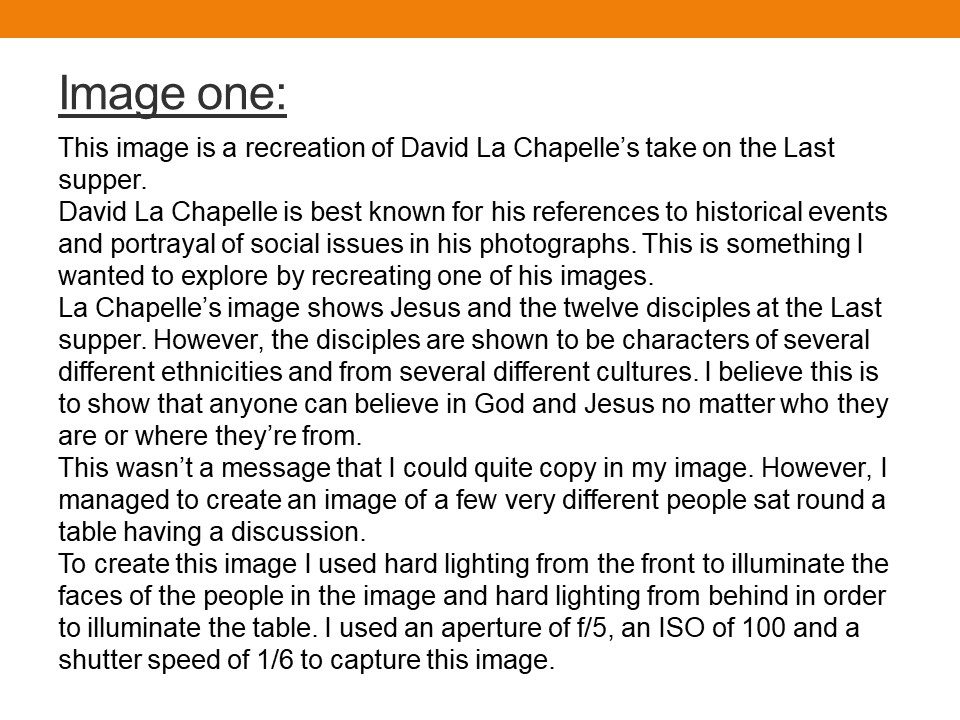“Reality has become a parallel universe with photographers returning with different versions of what it truly looks like.
-Philip-Lorca DiCorcia
Philip-Lorca DiCorcia (born 1951) is an American photographer. He studied at the School of the Museum of Fine Arts. Afterwards diCorcia attended Yale University where he received a Master of Fine Arts in Photography in 1979.
DiCorcia alternates between informal snapshots and iconic quality staged compositions that often have a baroque theatricality. Using a carefully planned staging, he takes everyday occurrences beyond the realm of banality, trying to inspire in his picture’s spectators an awareness of the psychology and emotion contained in real-life situations. His work could be described as documentary photography mixed with the fictional world of cinema and advertising, which creates a powerful link between reality, fantasy and desire.
DiCorcia’s photographs straddle truth and fiction by combining real people and places. He insists that his pictures suggest rather than explain a full narrative. His brand of storytelling results in unstable, unfixed images that point in certain directions but never provide a definitive map.
DiCorcia’s series like Heads, Lucky Thirteen, A Storybook Life and Hustlers – can all be considered his dynamic explorations of conceptual and formal domains of interest. His images consists of black humour and can be interpreted in various ways by different viewers. His work is planted with issues and concepts like commodification of morality, identity and art, as the selling of reality.


In 1989, Philip-Lorca diCorcia shot his dark and defining series, Hustlers, that was shot against the backdrop of devastation and despair during the AIDS pandemic in the late 1980’s and early 90’s. In the 1990’s he visited Los Angeles five times in order to photograph Hollywood male escorts. Hustlers was a courageous foray into the twitchy tenor of the post-Reagan era. He sought out male prostitutes on Los Angeles’ Santa Monica Boulevard, offering them the money they would earn from having sex if he could shoot their portrait. He took the pictures starting out in motels and later moved to the streets. Philip-Lorca diCorcia admitted that some of the first subjects fleeced him out more than double the going rate, and professes he found the transaction process awkward. ‘Most of them didn’t believe I only wanted to pay them for their picture, they were like, “Is there anything else I can do for you?”.
In 1993, 25 photos from this project were exhibited at the Museum of Modern Art. The show was titled, Strangers and each image was labeled with the subject’s name, age, hometown and money they charge. The photographs as a series are quite powerful and hold filmic qualities, this set of photographs of the male prostitutes look like stills from movies depicting the Hollywood reality as opposed to the dream that so few can harness.
I feel personally that Philip-Lorca diCorcia chose to shoot in Hollywood as Hollywood is where movies are created and ‘dreams are made’, I feel for me the locations and the filmic qualities are toying and playing with that idea as his photographs show the reality of what many have to live with in Hollywood.
In a moving coda, diCorcia shares a personal story in the new edition of Hustlers that puts this work in a somber new light: “During that period, 1990-1992, the government officially condemned homosexuality,” he writes, “while AIDS made death commonplace. My brother, Max Pestalozzi diCorcia, died of AIDS on October 18, 1988. How much is too much? My brother was very free. I loved him for it. Freedom has its price, and we never know at the onset what the toll will be. He died unnecessarily. I dedicate this book to him.” –(Found in an article on the Time)
Time Article about Hustlers: http://time.com/3803327/trade-philip-lorca-dicorcias-hollywood-hustlers-drug-addicts-and-drifters/
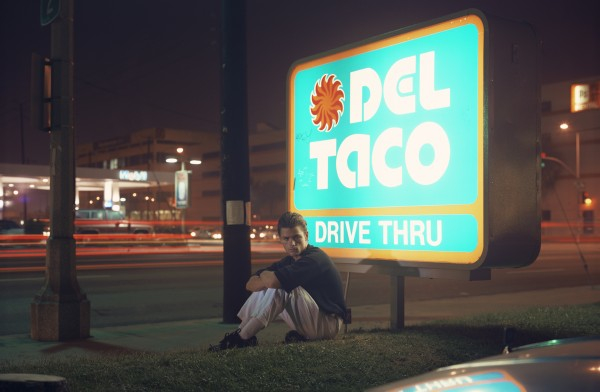
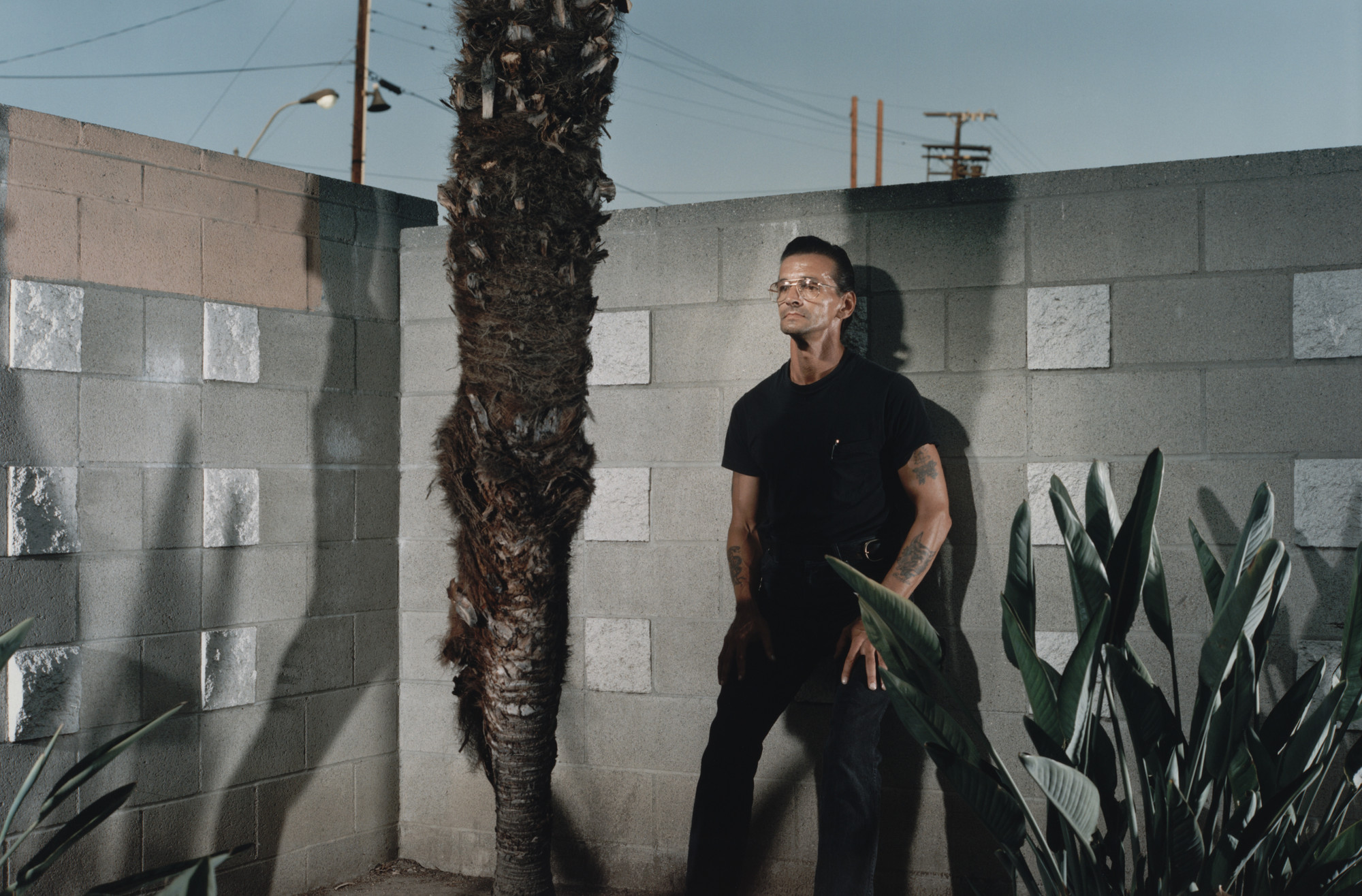
My Own Response

This was one of the photographs that I was able to produce from the shoot that I did, unfortunately I timed it wrong and it had gotten too dark for the photographs which made it difficult to be able to see the focus and get the right lighting for the photographs however this means that when I go to do my own personal shoot I will be able to time it better.





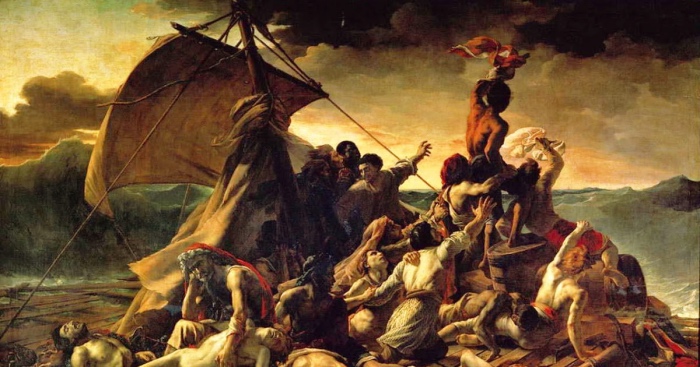
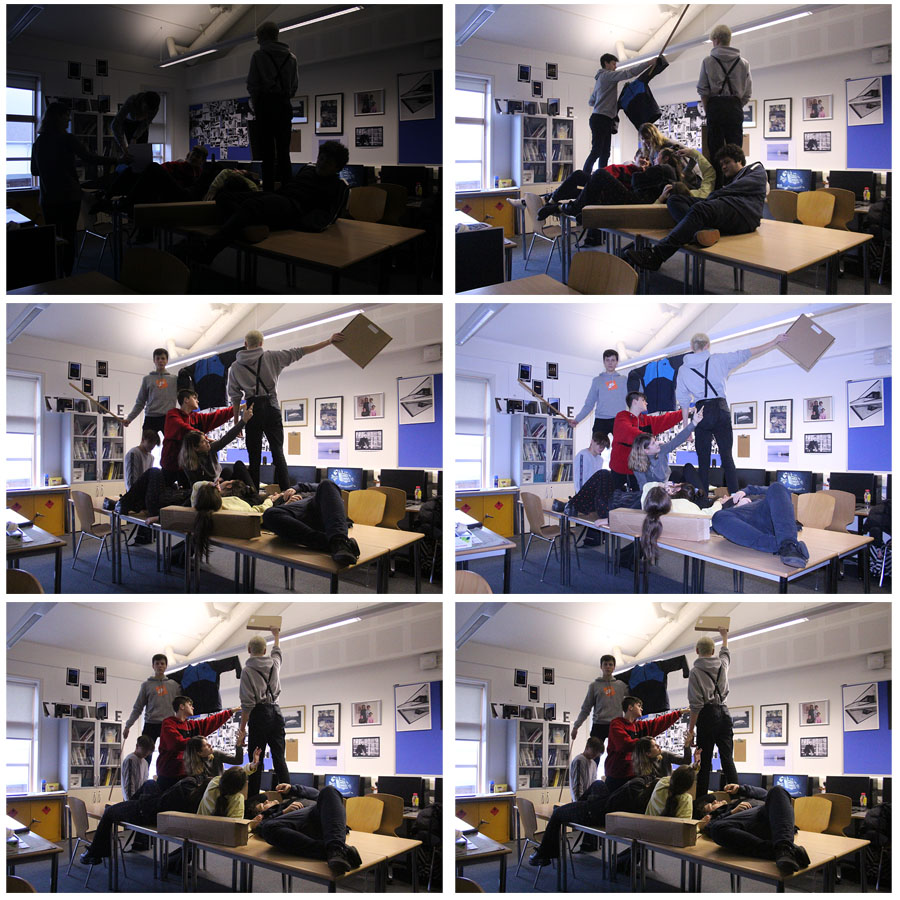

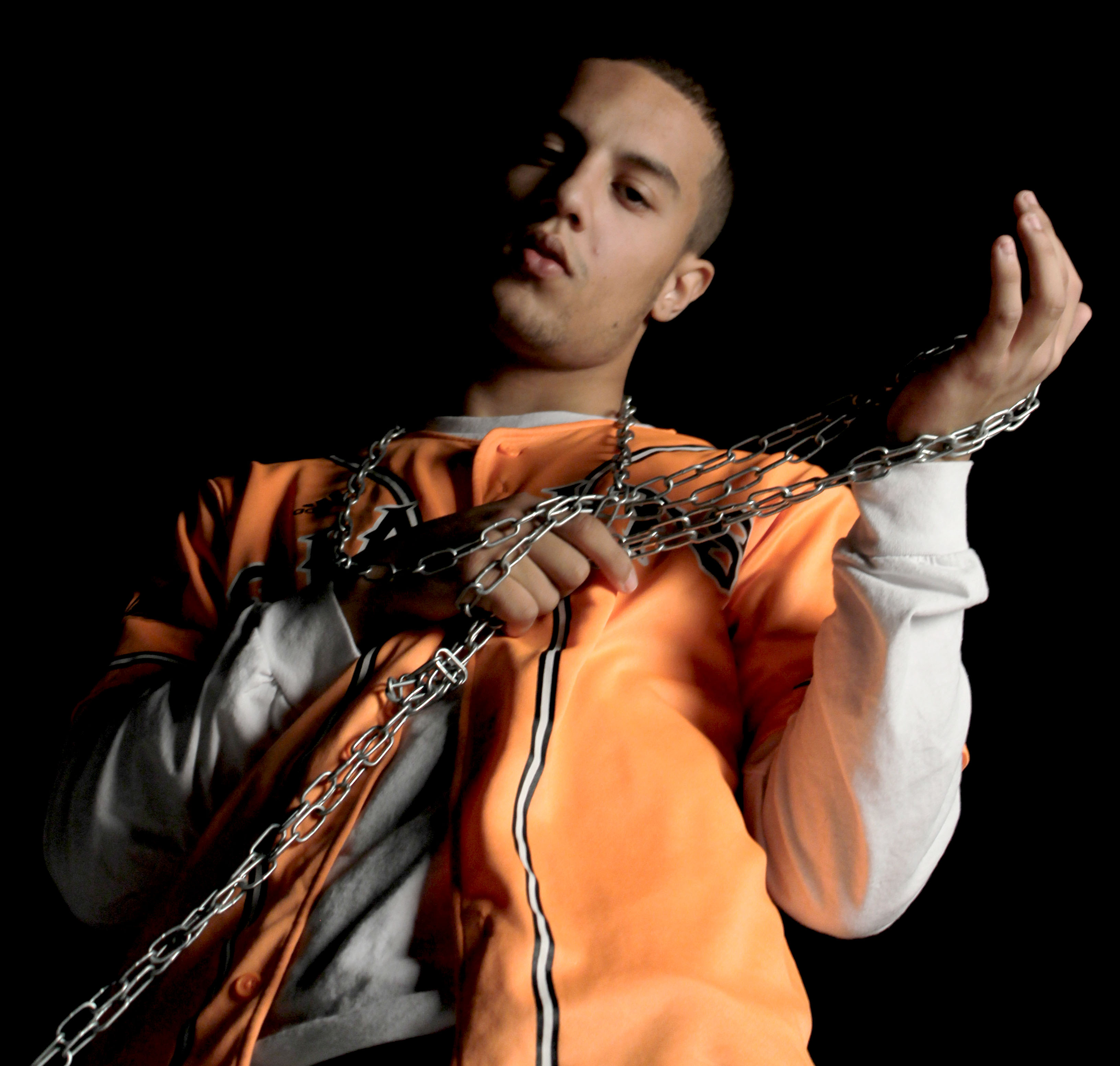
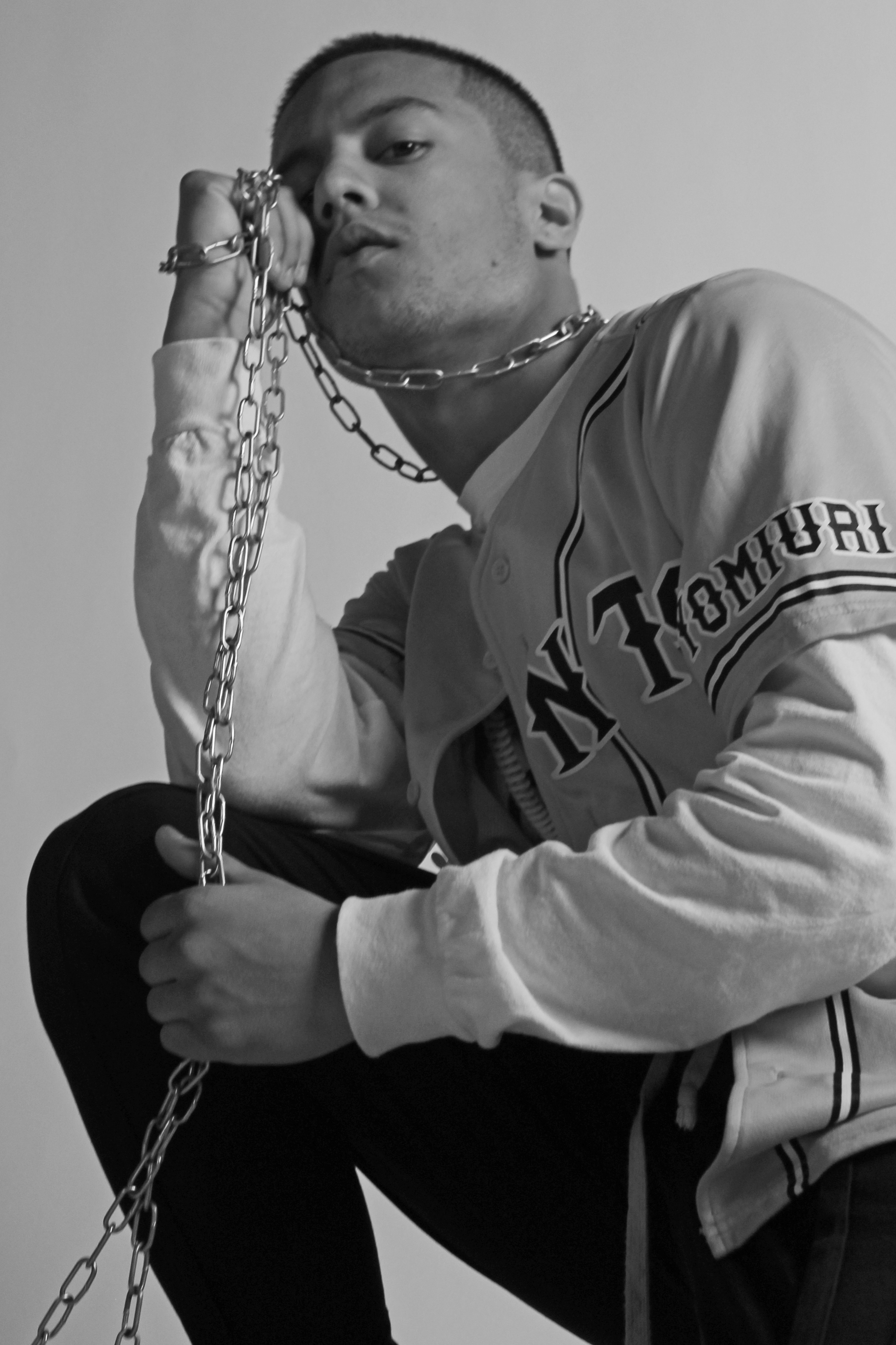
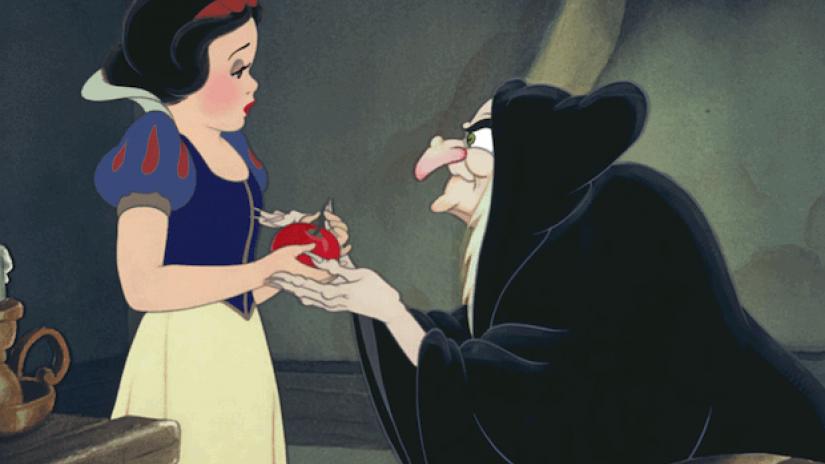
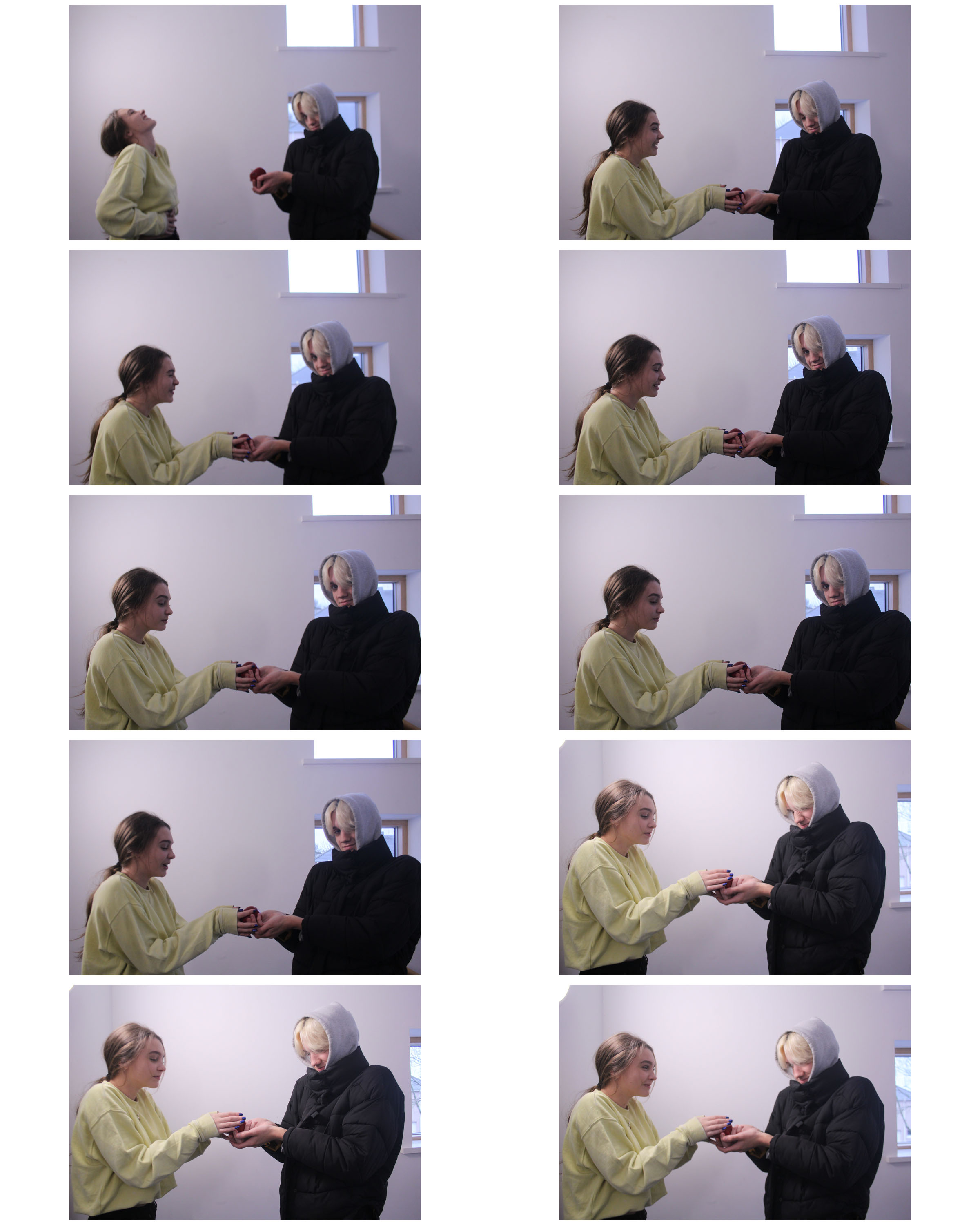
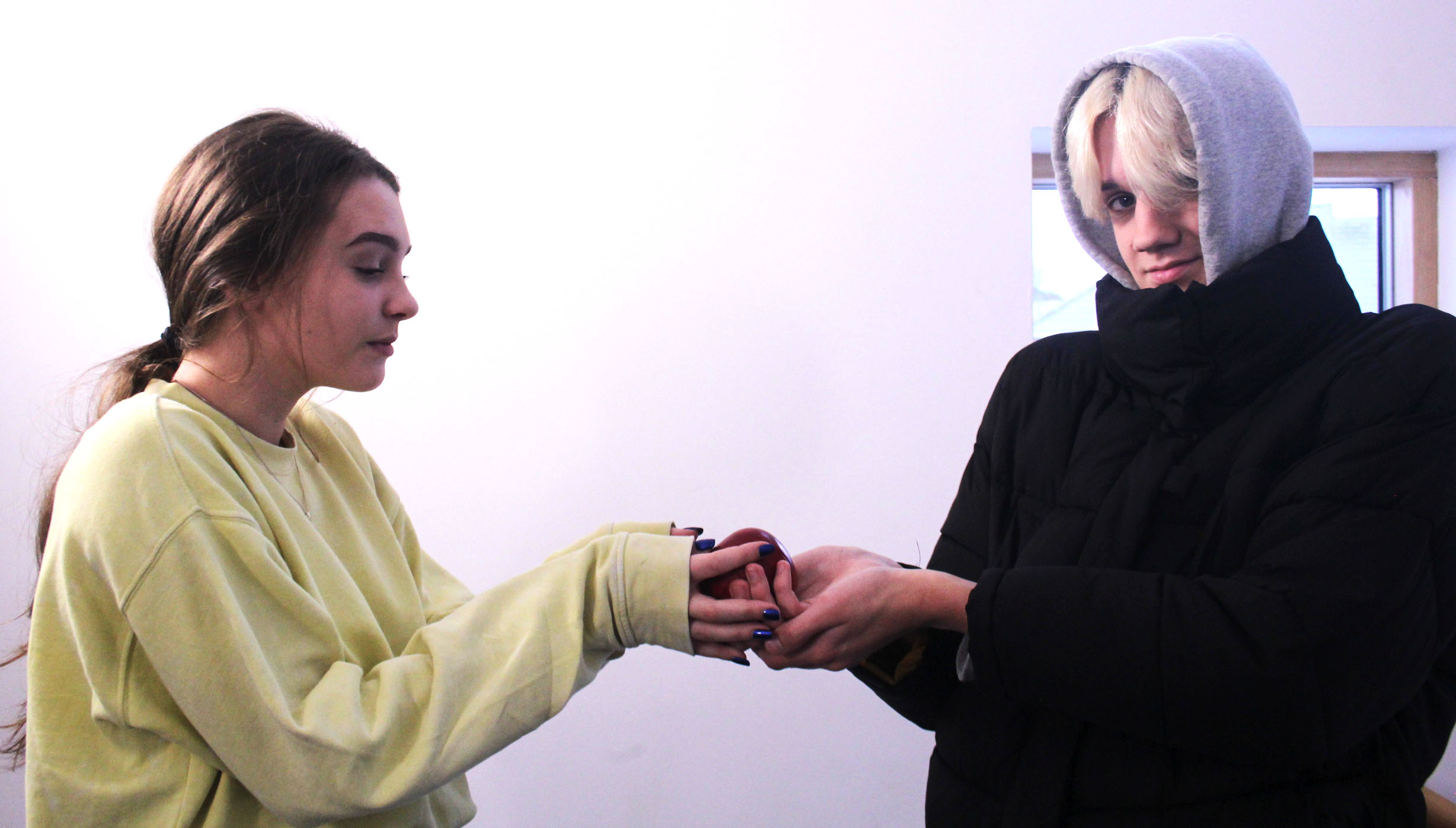
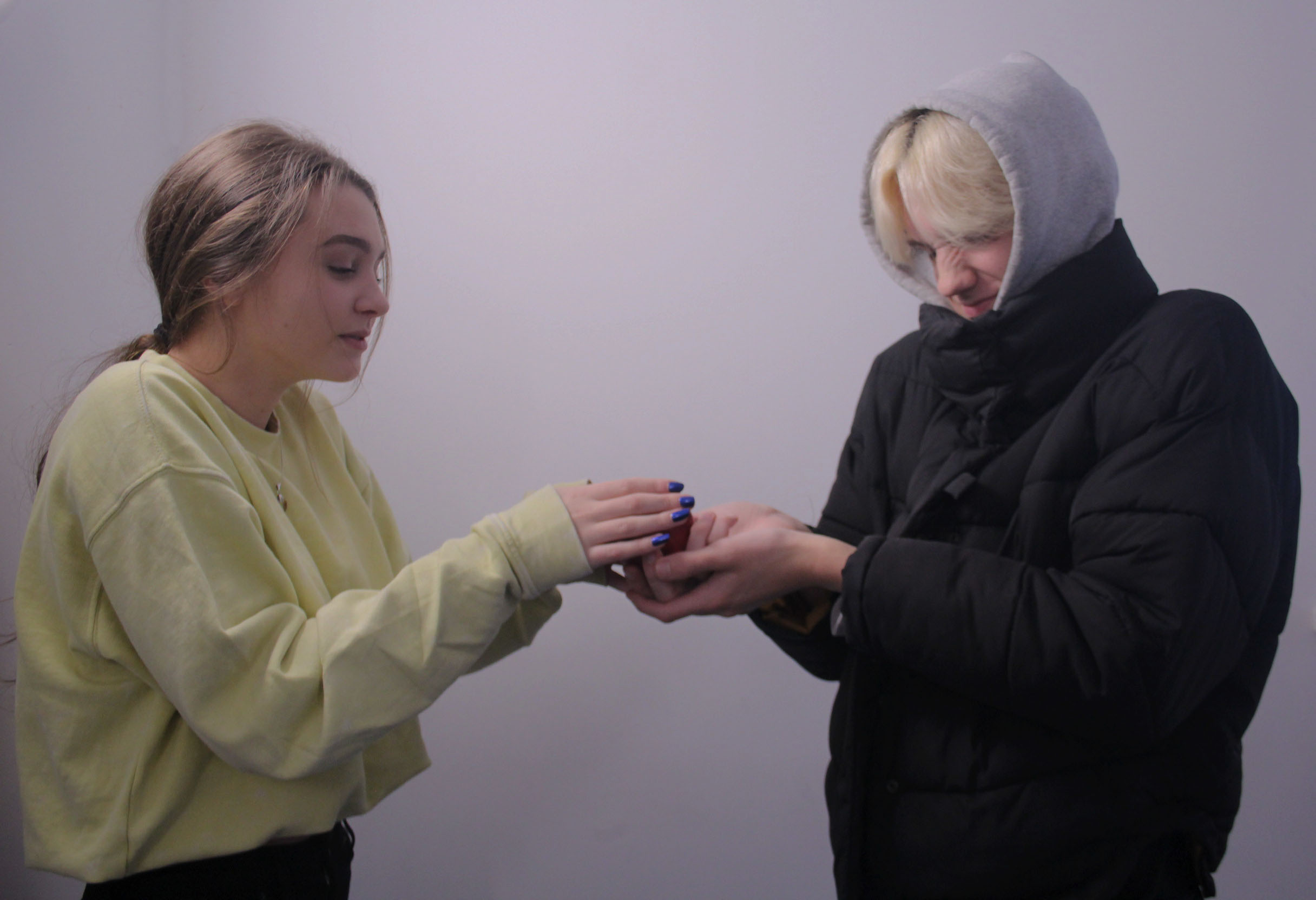
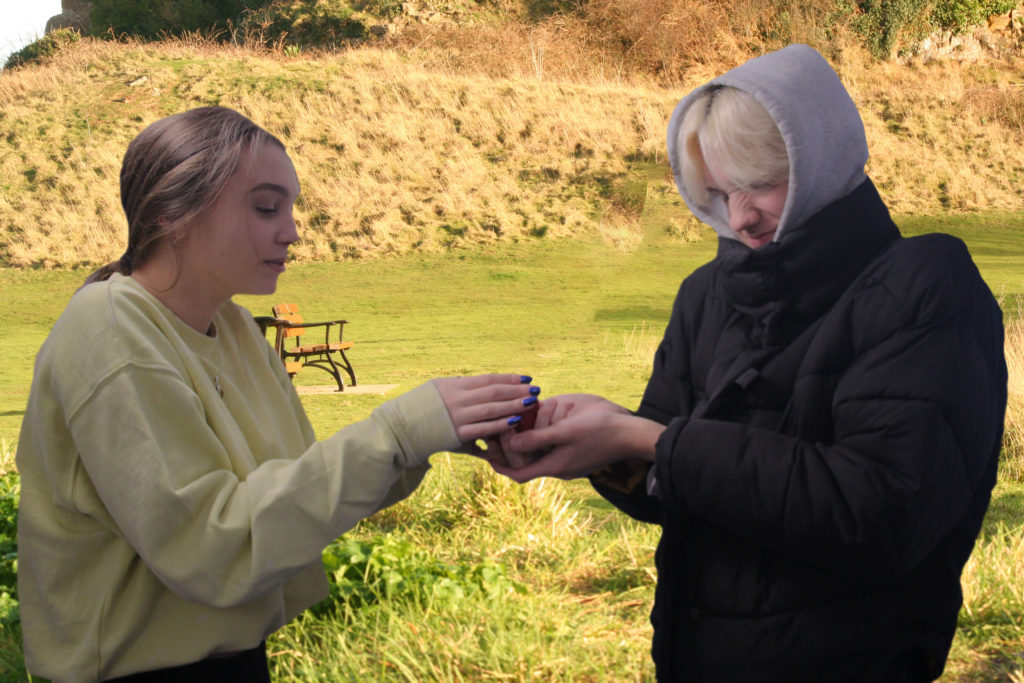
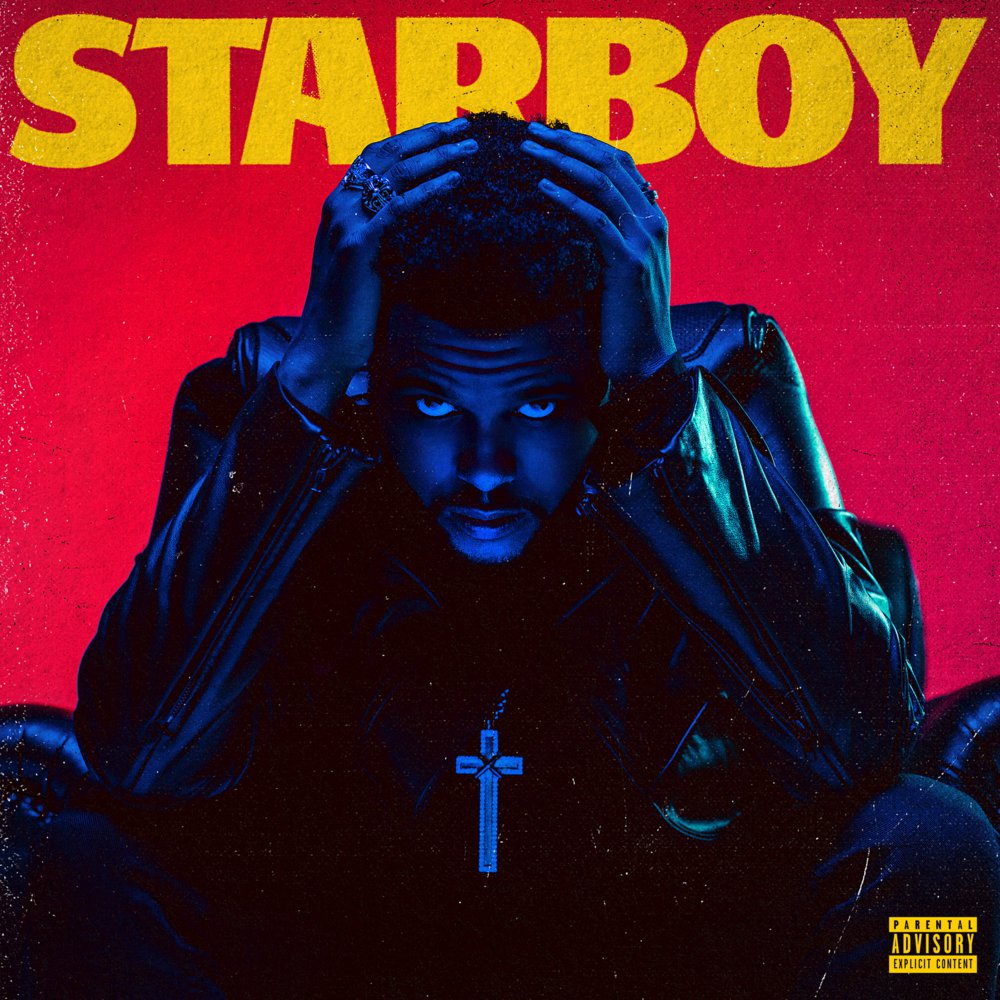
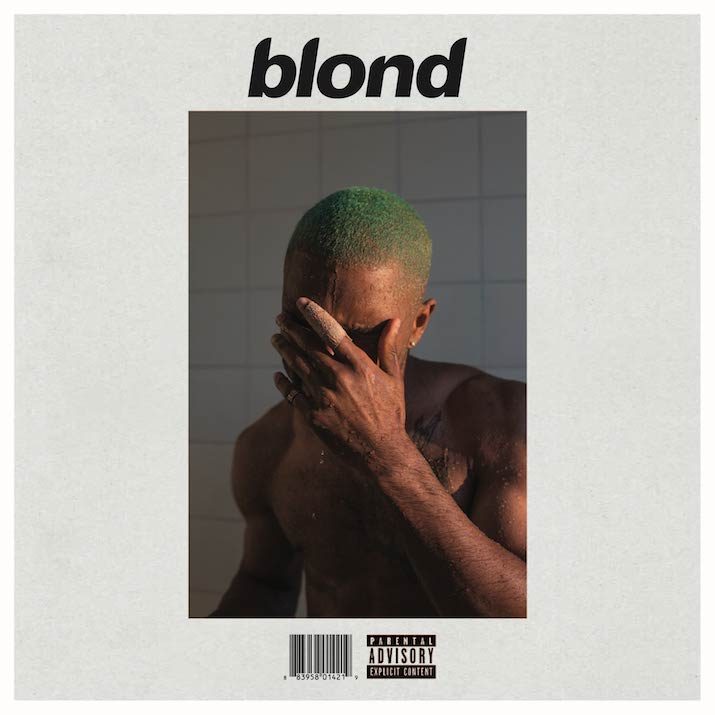
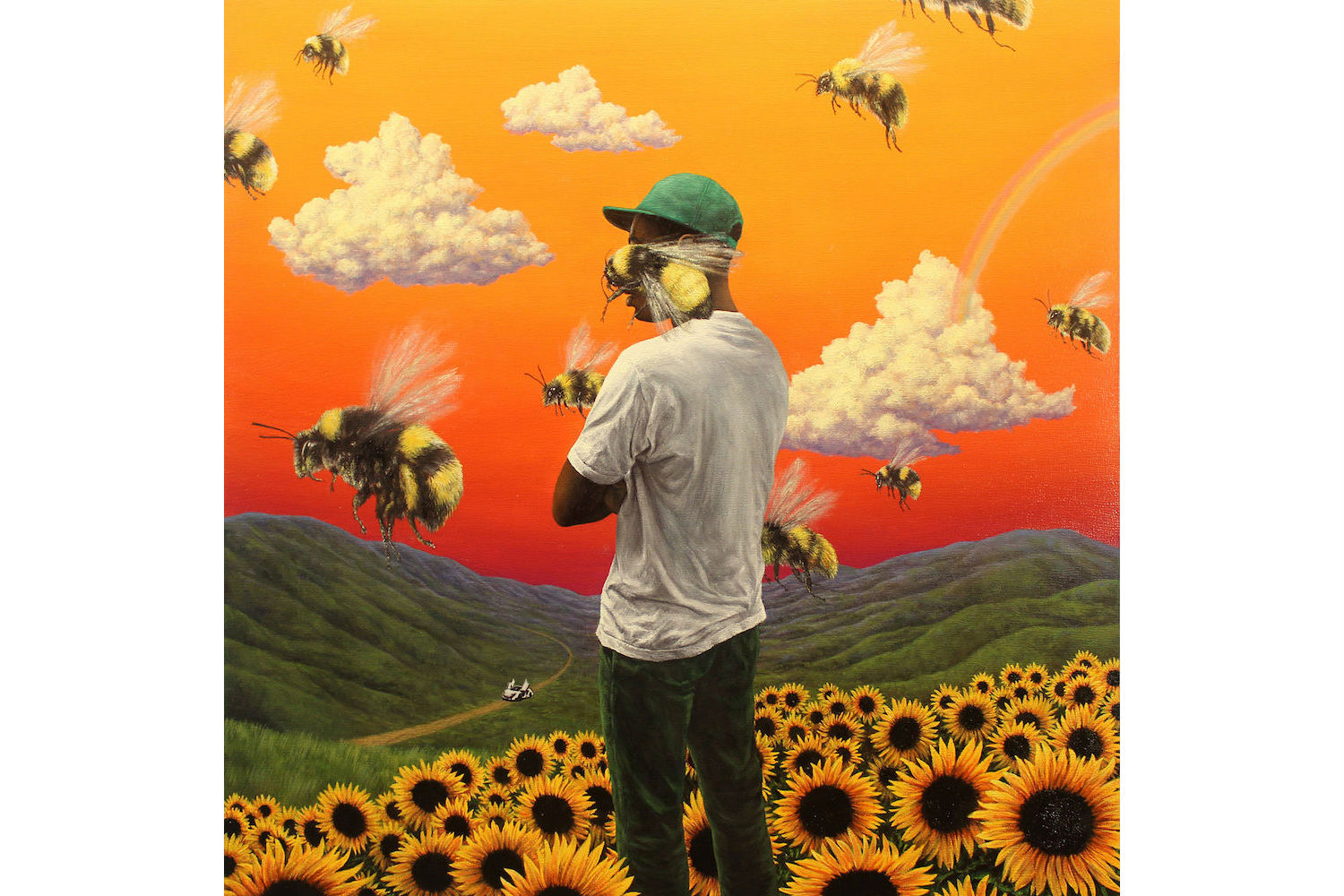
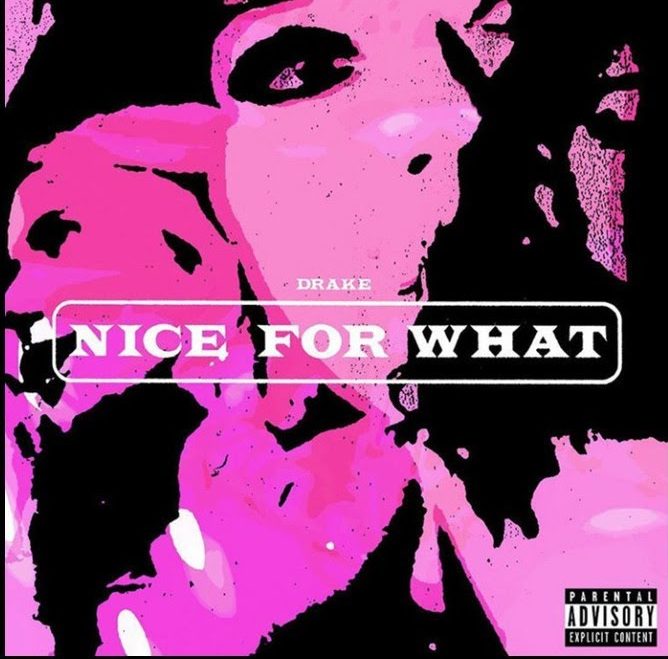 The last two album covers don’t have a deep meaning like the rest, but I have decided to replicate them as they have been edited in a very interesting way. The first cover has had threshold applied to it and had a pink filter applied over every segment of the photo which isn’t solid black. This creates an old school feel, and joined with bright pink creates a connotation of ‘fun’ which matches the song, there isn’t a deeper meaning, it’s just entertaining.
The last two album covers don’t have a deep meaning like the rest, but I have decided to replicate them as they have been edited in a very interesting way. The first cover has had threshold applied to it and had a pink filter applied over every segment of the photo which isn’t solid black. This creates an old school feel, and joined with bright pink creates a connotation of ‘fun’ which matches the song, there isn’t a deeper meaning, it’s just entertaining.
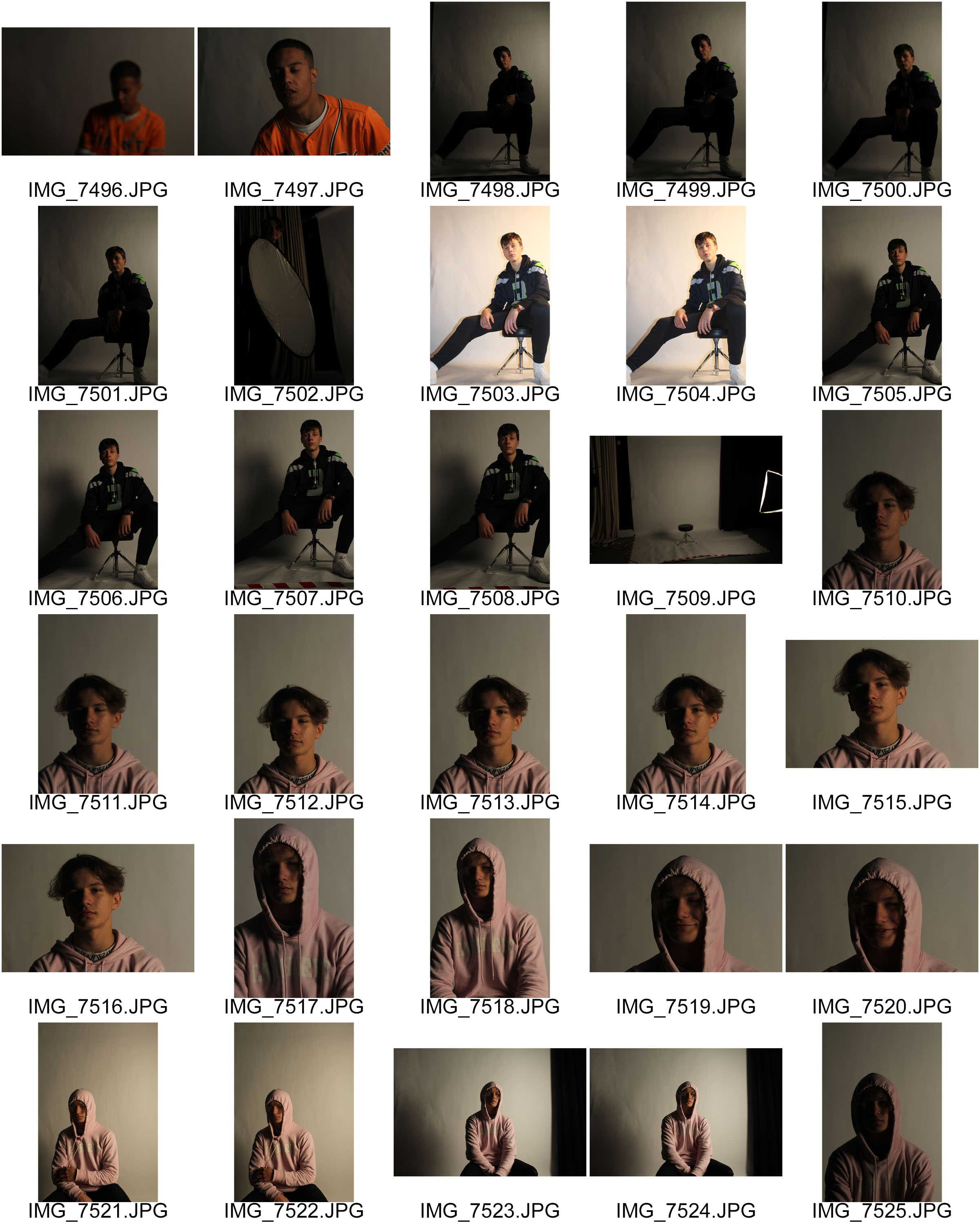
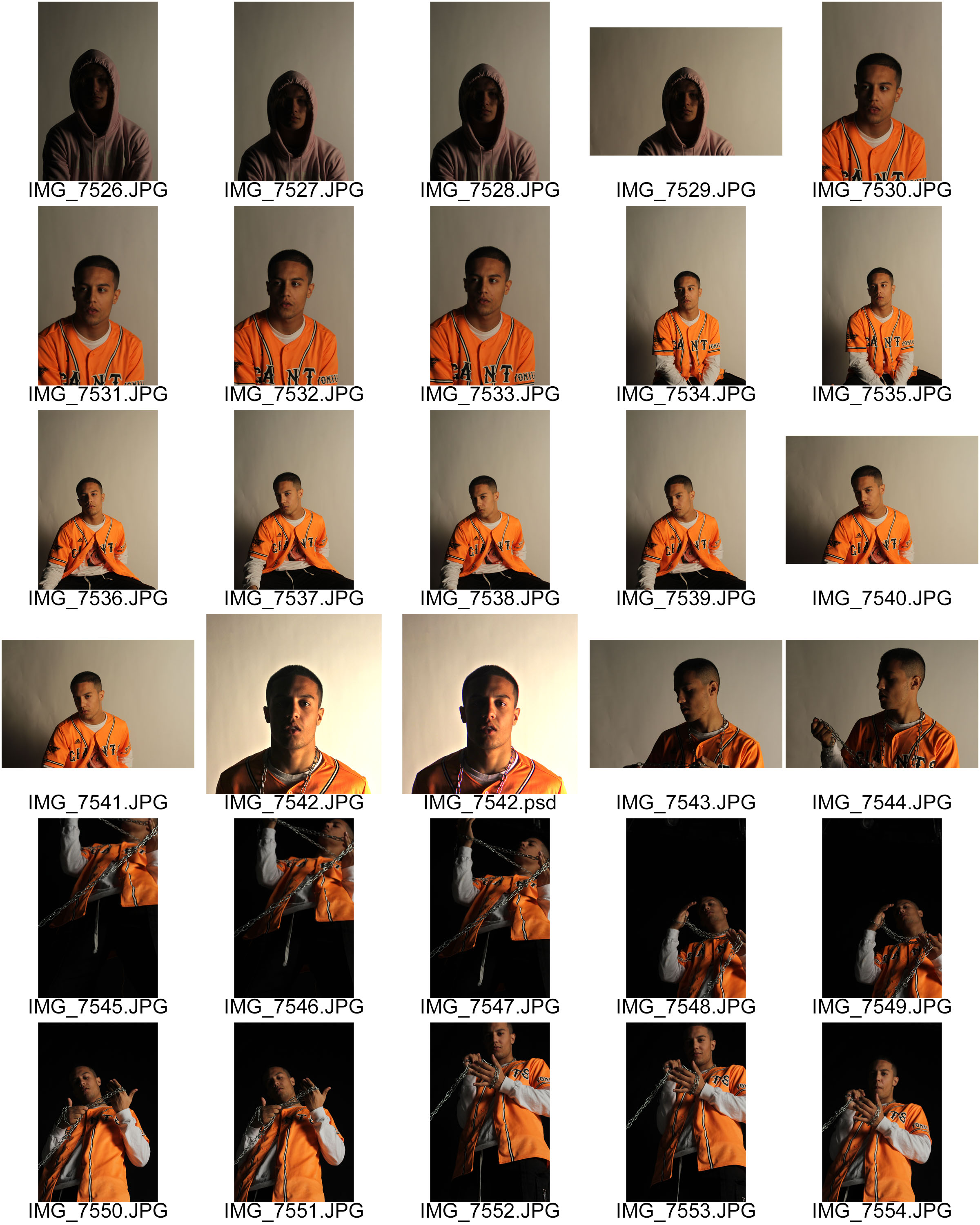
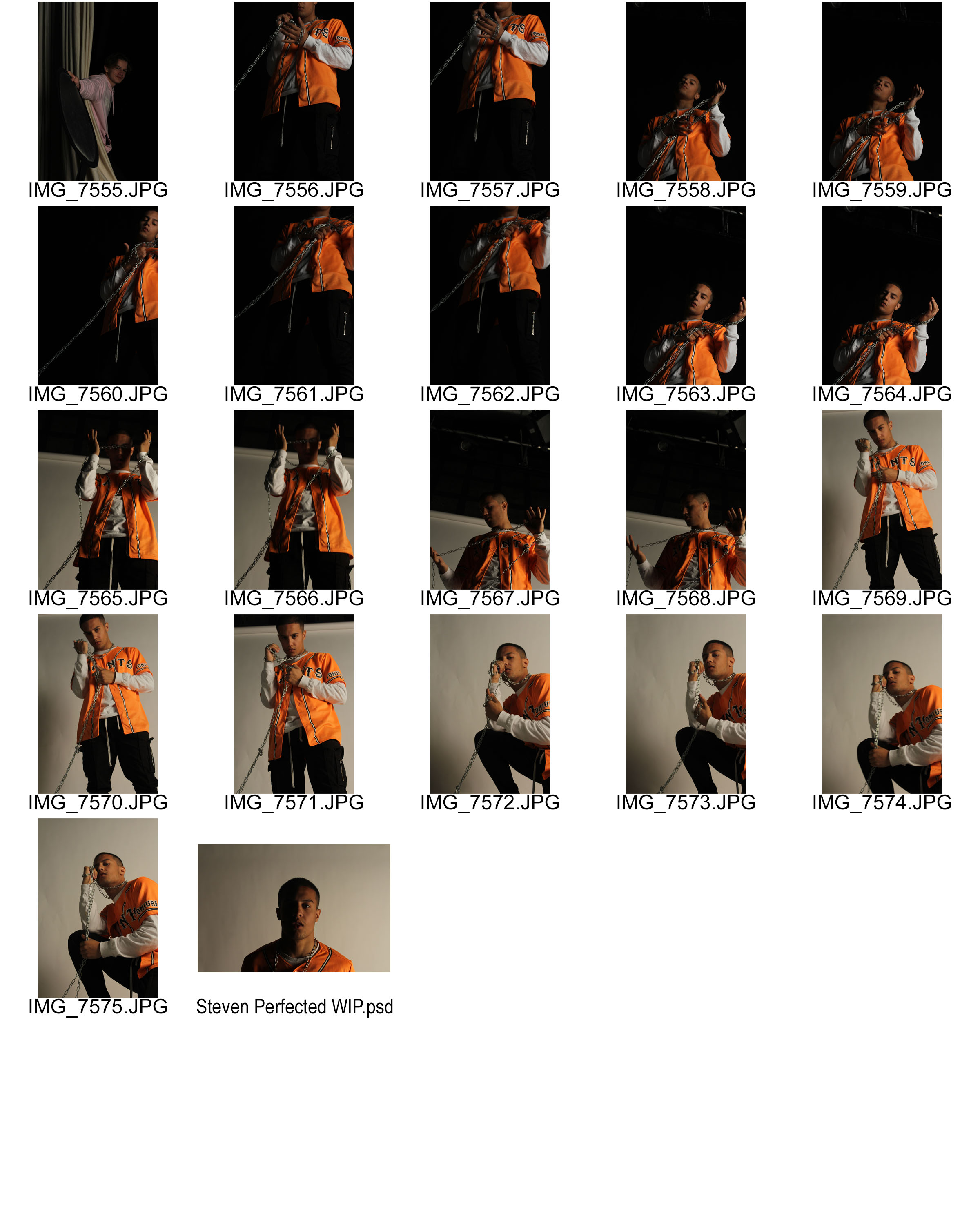
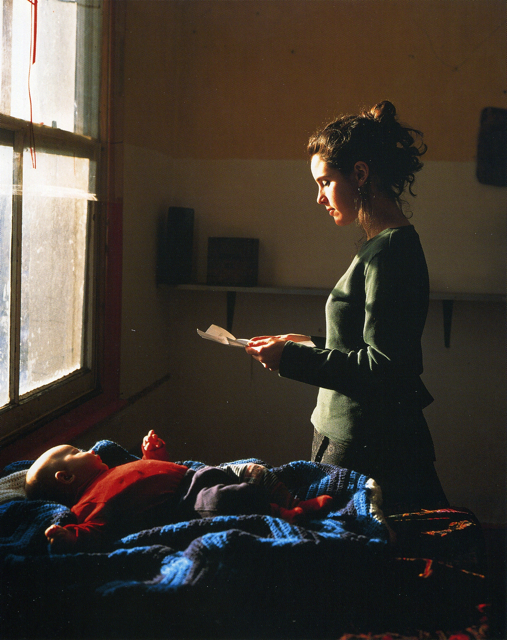
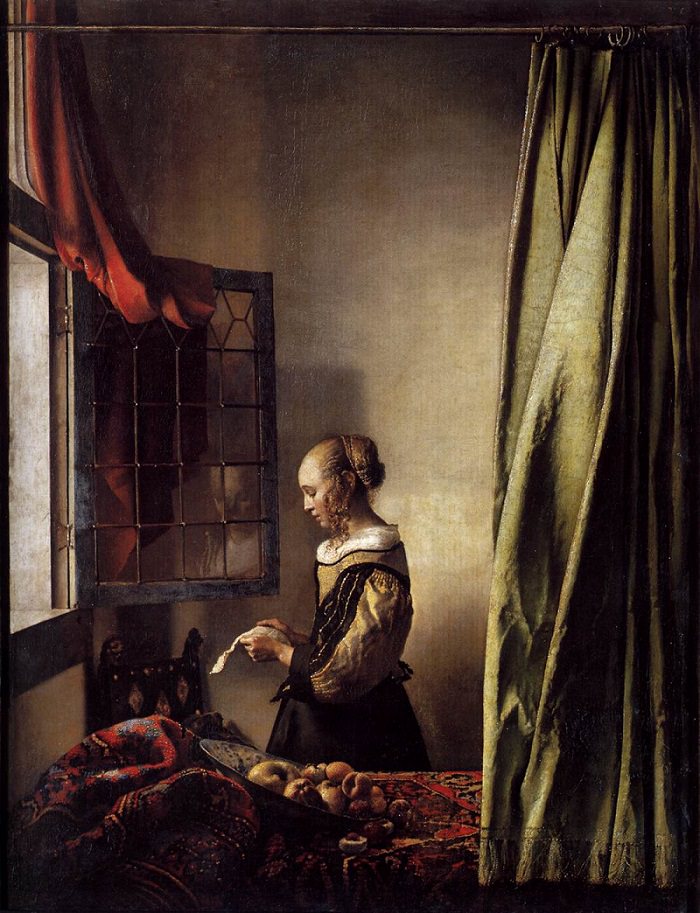
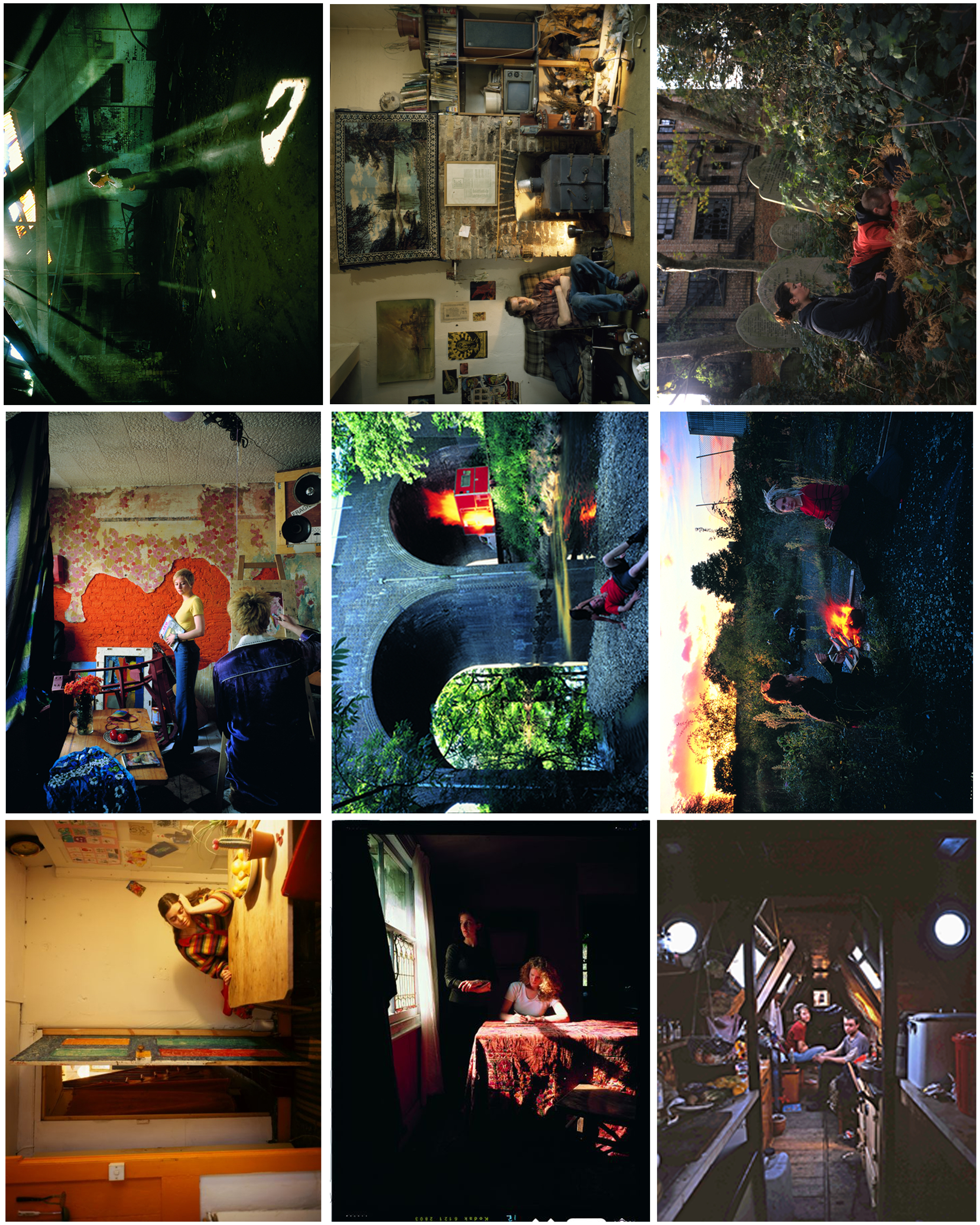
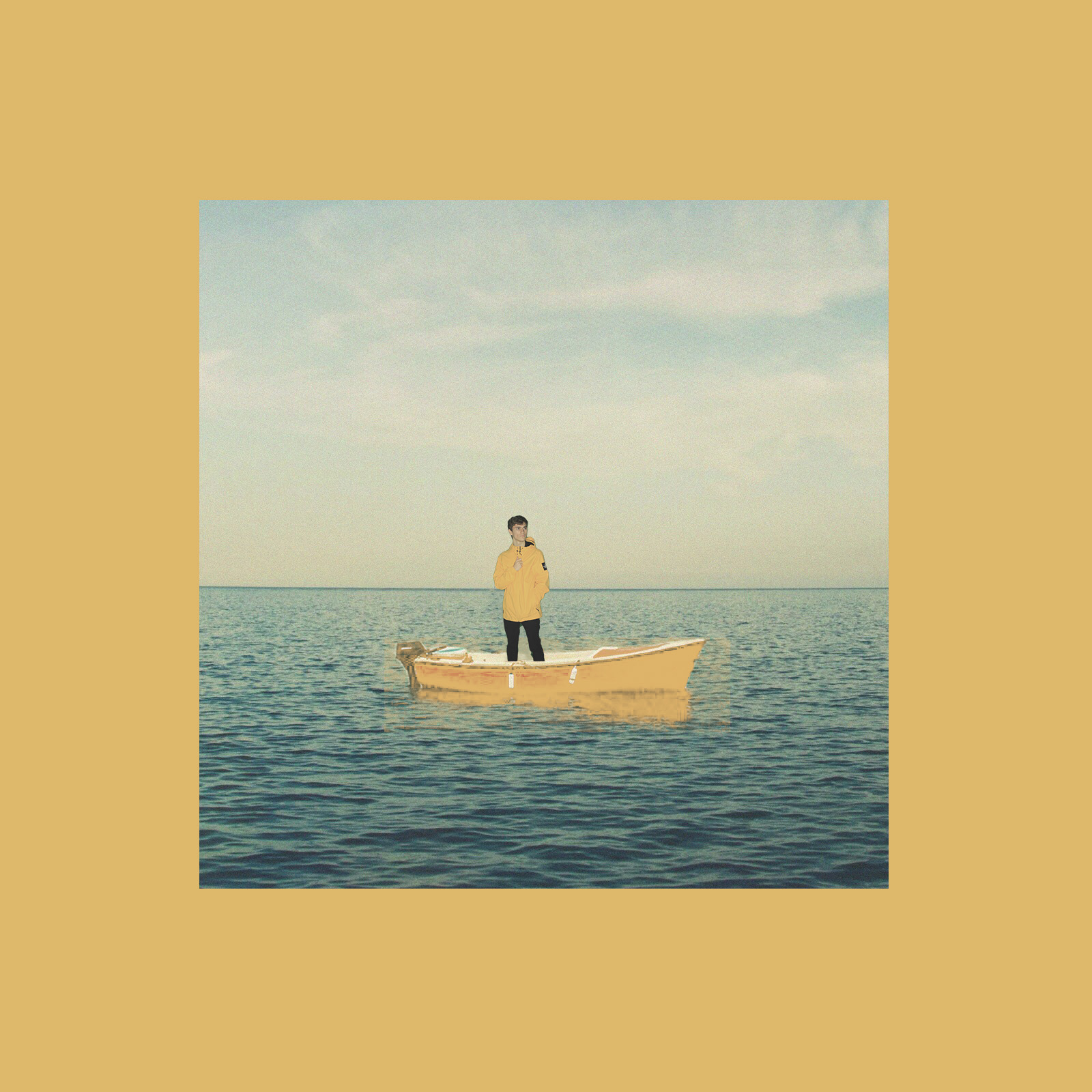
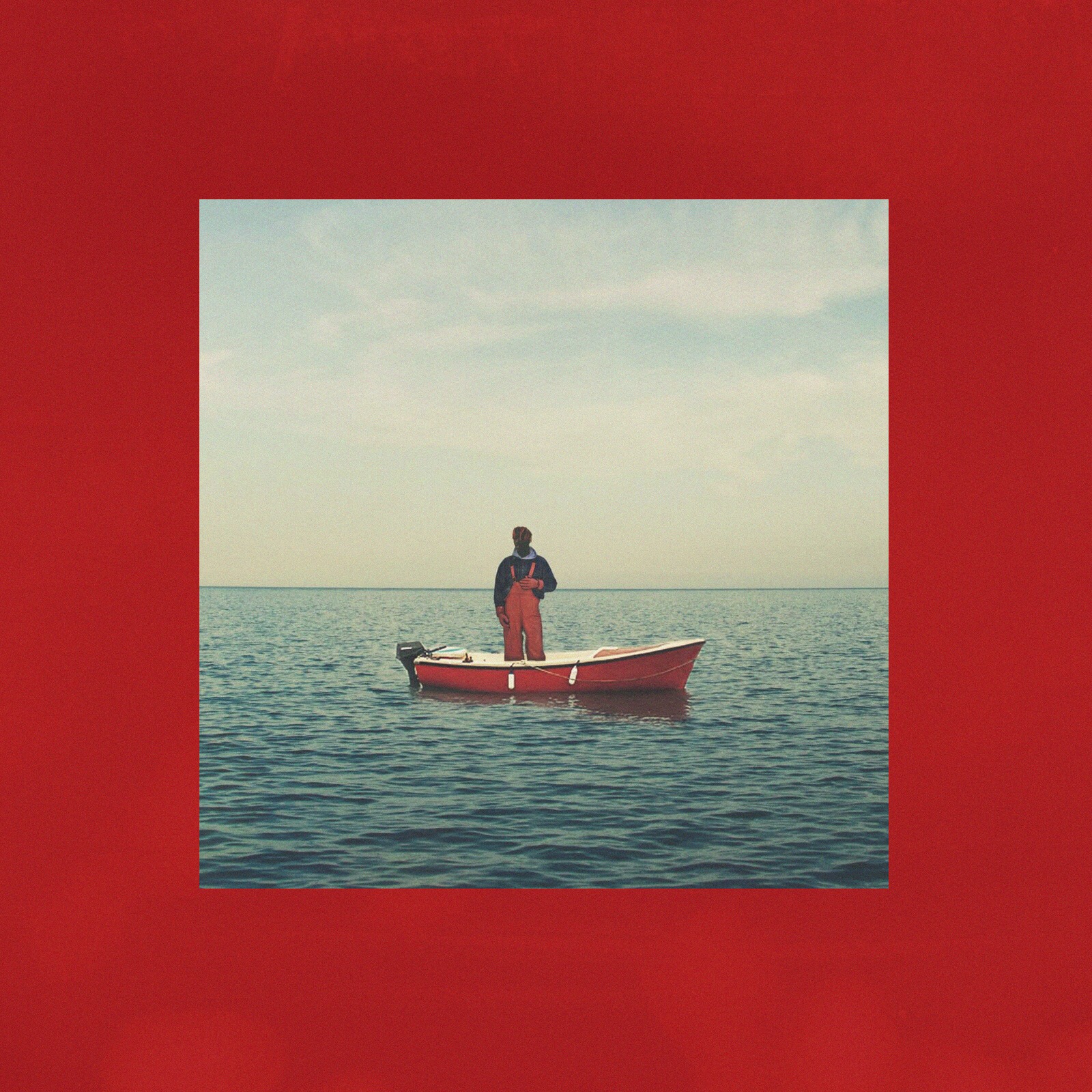
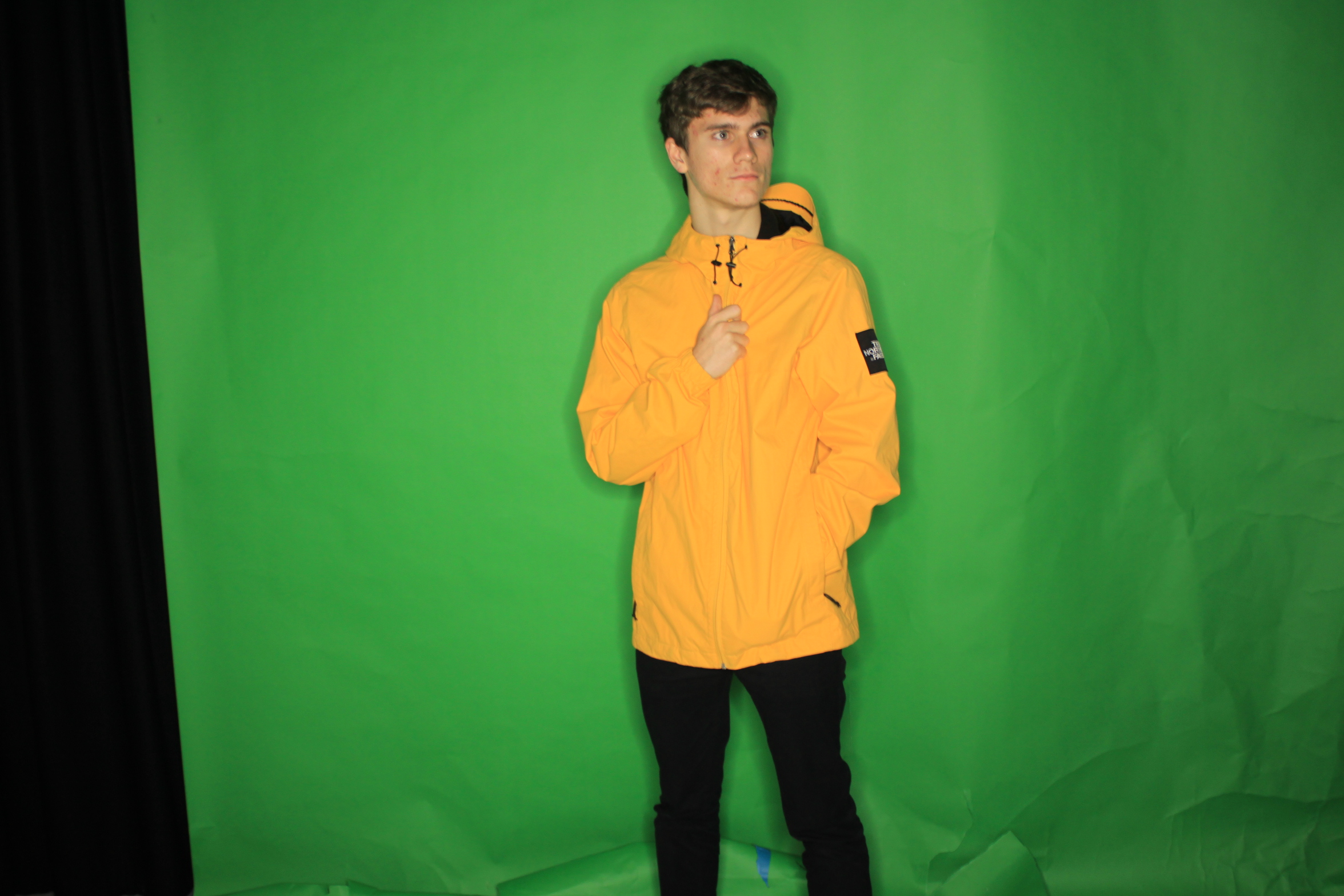
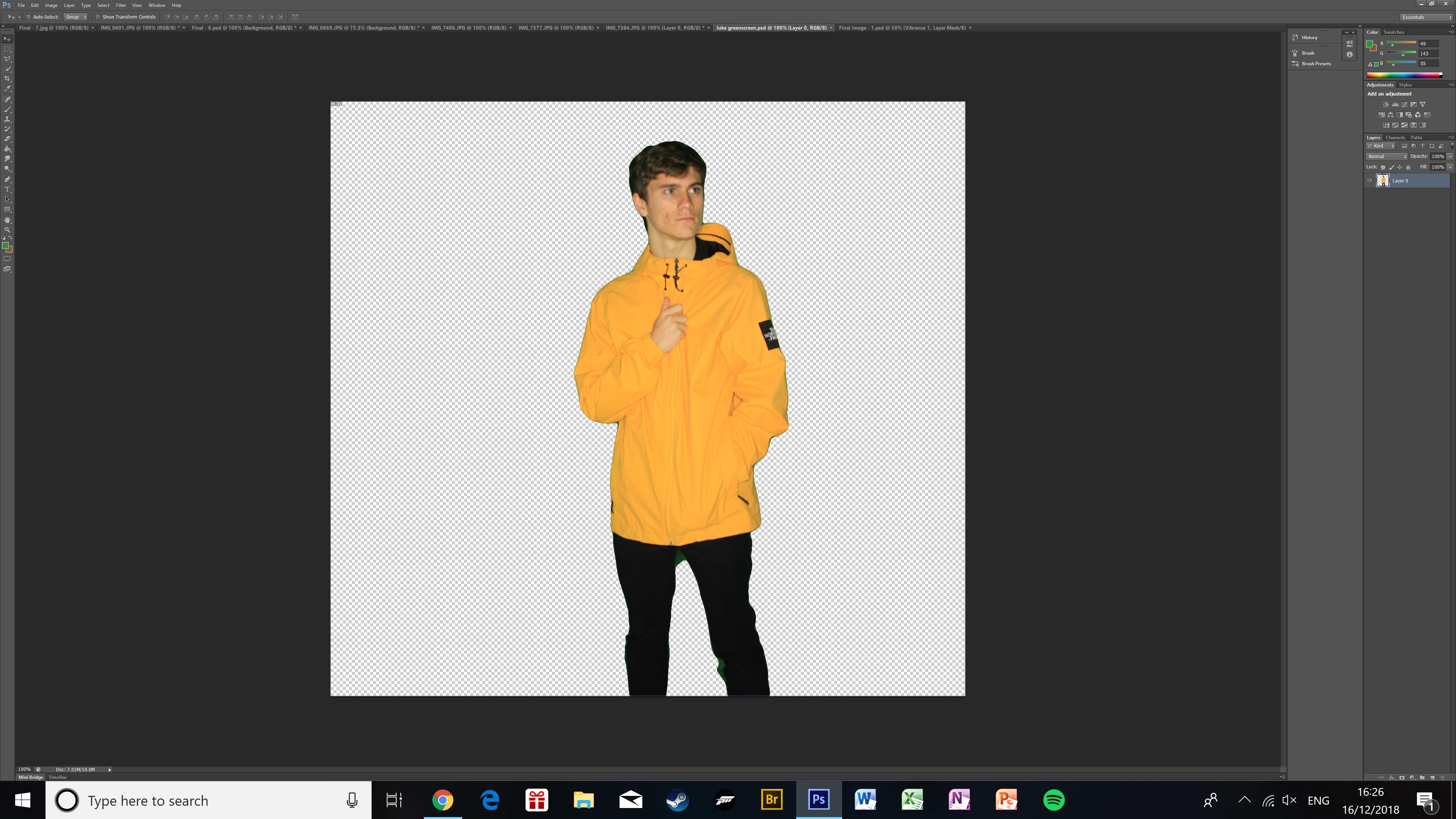
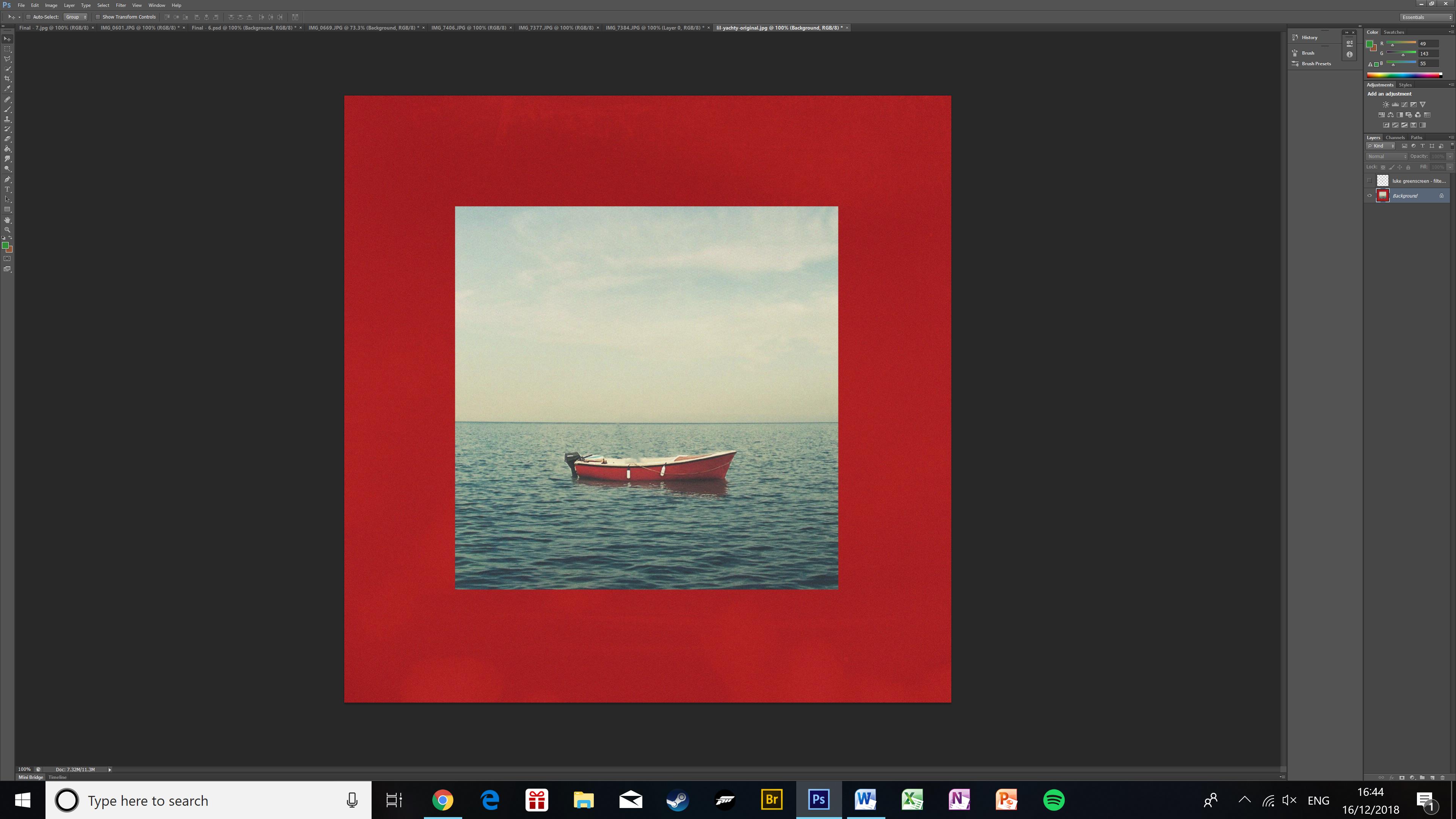
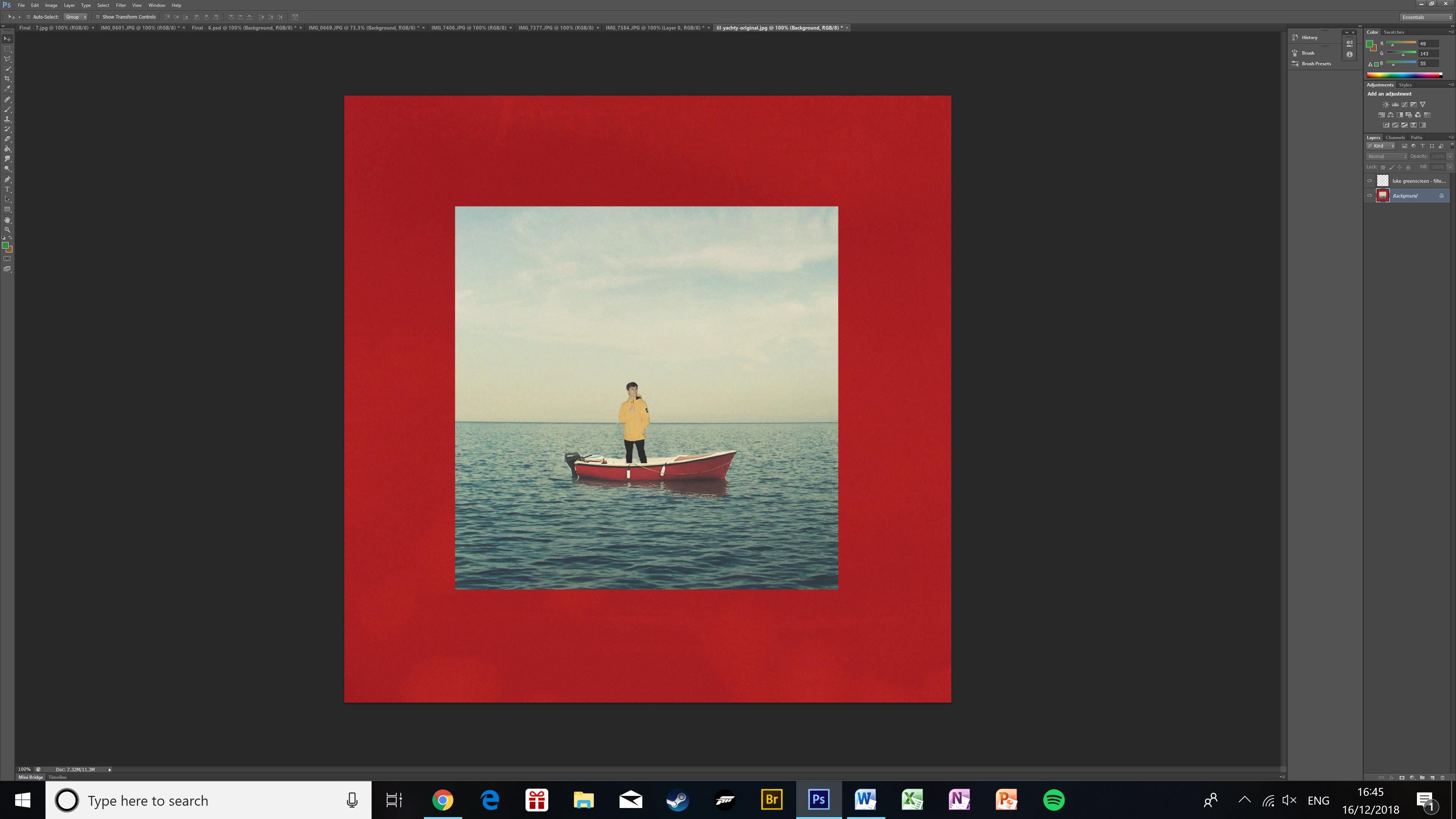

 This is my take on the ‘starboy’ album cover. I had to change the colours as the blue colour scheme wouldn’t work as well as in the original because of my friend’s ethnicity. I also had to change the positioning of his hands because he has a different hairstyle and colour to the artist. If his hands were in the same pose they would stand out a lot more against his hair; which wouldn’t have the same effect. Also, due to his hair being longer his fingers would be covered up by his hair if he slid them up his head; which would also be less effective than the original album cover.
This is my take on the ‘starboy’ album cover. I had to change the colours as the blue colour scheme wouldn’t work as well as in the original because of my friend’s ethnicity. I also had to change the positioning of his hands because he has a different hairstyle and colour to the artist. If his hands were in the same pose they would stand out a lot more against his hair; which wouldn’t have the same effect. Also, due to his hair being longer his fingers would be covered up by his hair if he slid them up his head; which would also be less effective than the original album cover.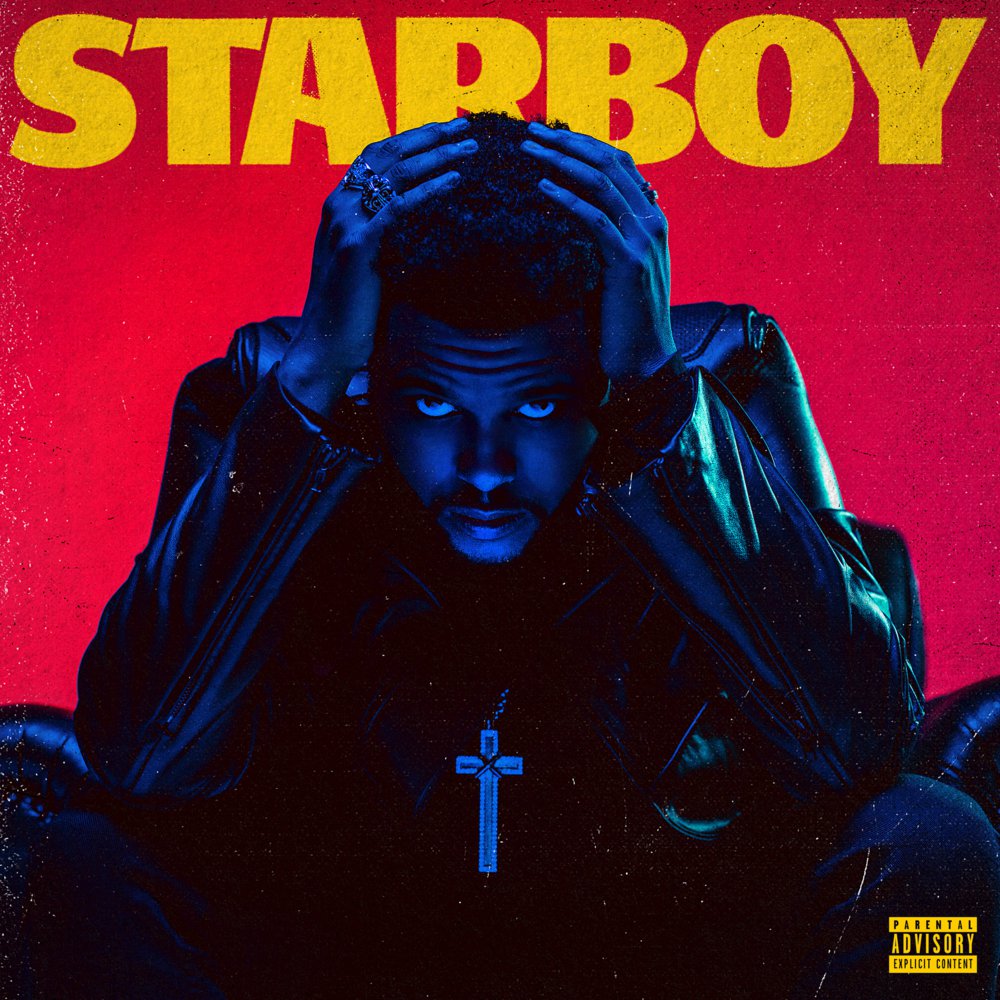 The original album cover, it has a much different colour scheme to my version, but these colours work well only in the original because of the artist’s and my model’s ethnicity. The theme of blue-lit black is possible here due to his dark skin tone. There is also a parental advisory tag in the bottom right due to the contents of the album, I didn’t include this in my version because I had already used that tag in previous covers in this project and i didn’t want to repeatedly use them.
The original album cover, it has a much different colour scheme to my version, but these colours work well only in the original because of the artist’s and my model’s ethnicity. The theme of blue-lit black is possible here due to his dark skin tone. There is also a parental advisory tag in the bottom right due to the contents of the album, I didn’t include this in my version because I had already used that tag in previous covers in this project and i didn’t want to repeatedly use them. This is a work-in-progress edit of the photo which I decided to abandon because it looked too __ and didn’t fit the theme of the cover. My idea behind it was to make everything light colours apart from the eyes and cross (this is the opposite of what they did in the original album cover; everything dark apart from eyes and cross), I edited the eyes first and realised that the idea didn’t really work out so I didn’t bother editing the rest of it.
This is a work-in-progress edit of the photo which I decided to abandon because it looked too __ and didn’t fit the theme of the cover. My idea behind it was to make everything light colours apart from the eyes and cross (this is the opposite of what they did in the original album cover; everything dark apart from eyes and cross), I edited the eyes first and realised that the idea didn’t really work out so I didn’t bother editing the rest of it.
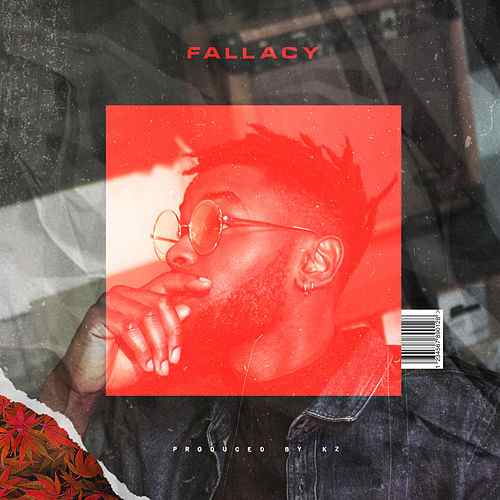 This is the original album cover for ‘Fallacy’. It has a lot of layers placed on top of each other; which fills in the empty space which the main photo would otherwise have. There are plenty gray/dull coloured layers and red elements to highlight the artist’s head, title of the album, as well as leaves in the bottom left corner.
This is the original album cover for ‘Fallacy’. It has a lot of layers placed on top of each other; which fills in the empty space which the main photo would otherwise have. There are plenty gray/dull coloured layers and red elements to highlight the artist’s head, title of the album, as well as leaves in the bottom left corner.
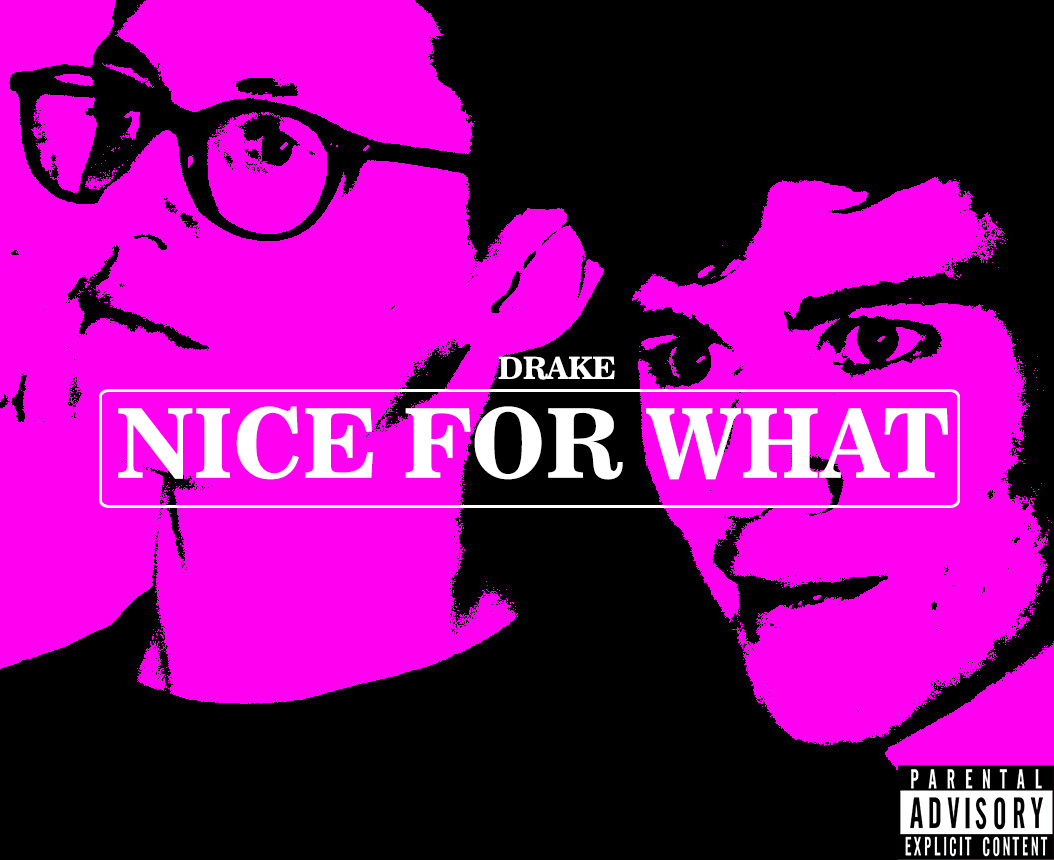
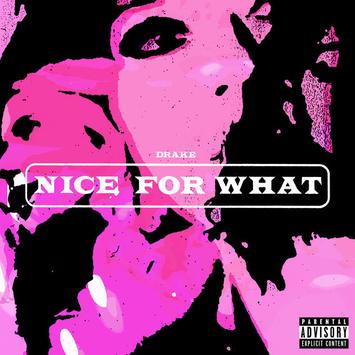
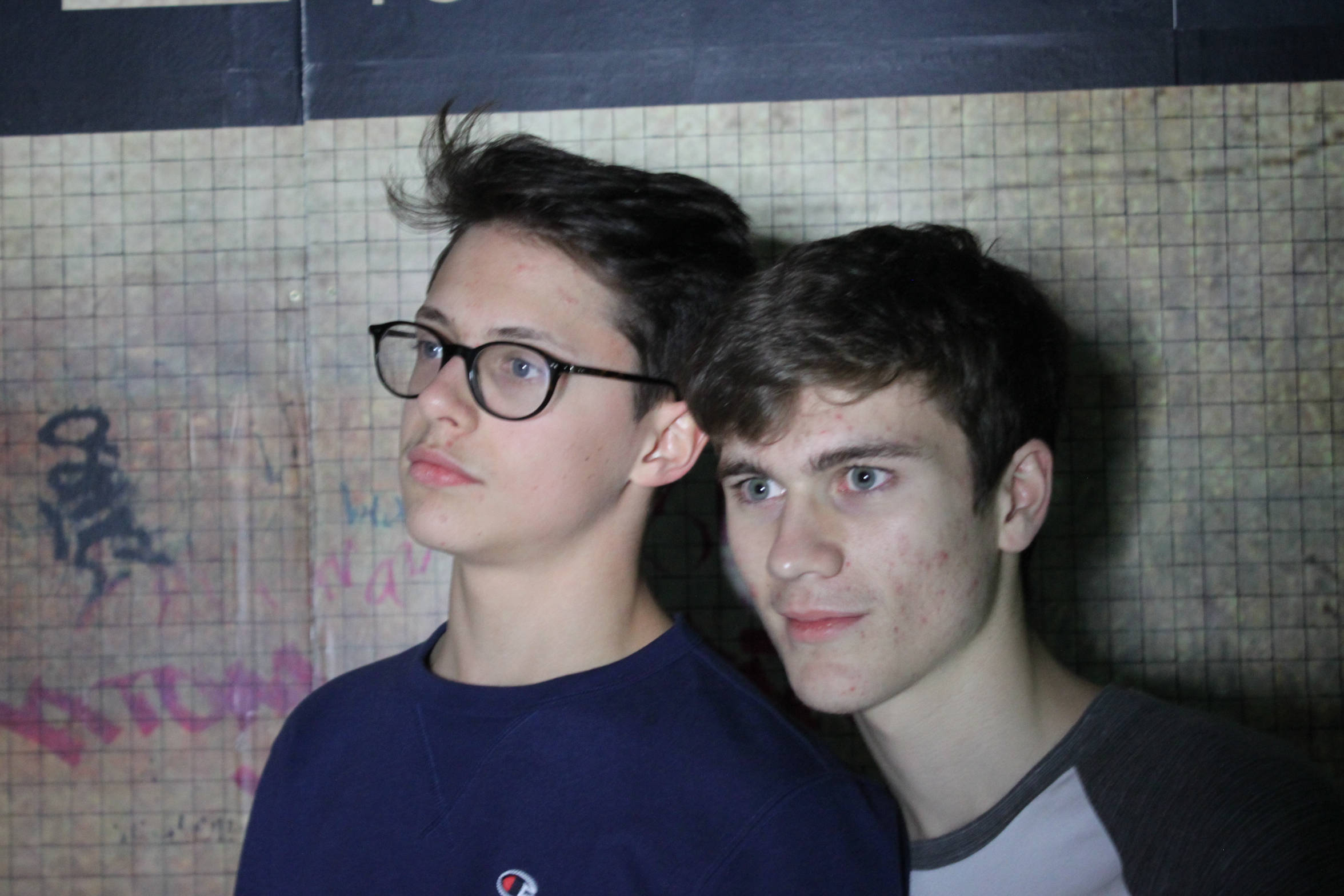 This is the original photo, I chose to take it in front an urban background in hope to achieve some distortion in the background after I applied the filters.
This is the original photo, I chose to take it in front an urban background in hope to achieve some distortion in the background after I applied the filters.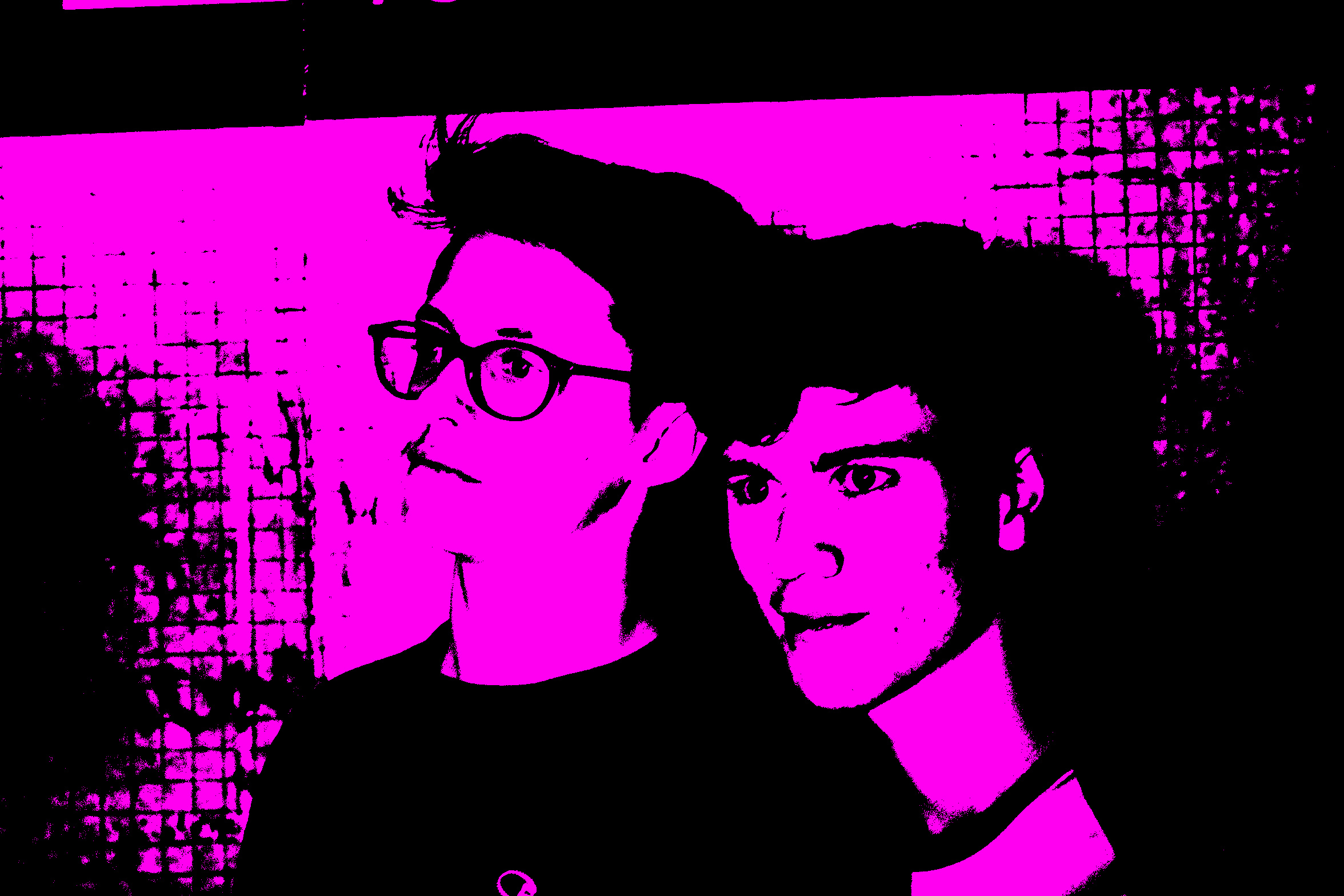 This is the image after I had edited it, but before cropping and adding and lettering. As you can see there is distortion in the background due to its texture, however its only present around the outer edges, so it wasn’t visible in the final cover after I had cropped it.
This is the image after I had edited it, but before cropping and adding and lettering. As you can see there is distortion in the background due to its texture, however its only present around the outer edges, so it wasn’t visible in the final cover after I had cropped it.


